Get the latest international news and world events from around the world.
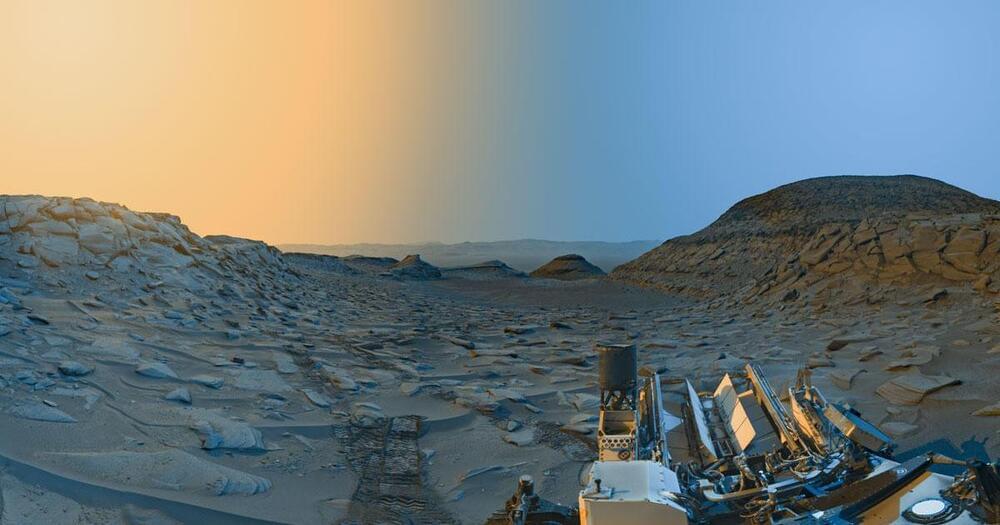
NASA’s Curiosity rover sends “postcard” showing Mars during different times of the day
Once in the hands of NASA scientists, the photos were turned into panoramic images. Color was also added to the photos, creating what NASA referred to as a “postcard,” and further emphasizing the difference between the two times the photos were taken.
The panoramic postcard shows a number of Mars landmarks, including “Marker Band Valley,” where Curiosity once found evidence that there may have been a lake on the site, and two hills named “Bolivar” and “Deepdale.” At the edge of the photo is the rim of the Gale Crater, which Curiosity is currently exploring. Because the photograph was taken on a clear day, Curiosity’s image even shows a mountain that is 54 miles from the edge of the crater.
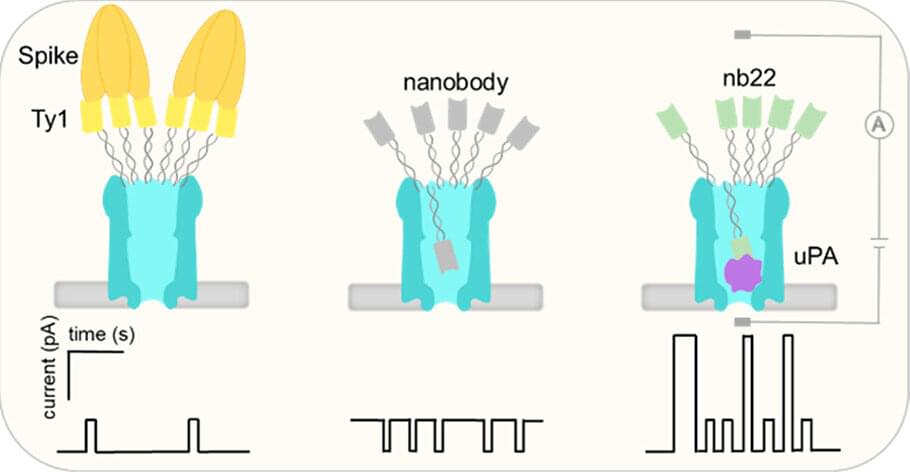
Tiny nanopores can contribute to faster identification of diseases
In a collaboration with Groningen University, Professor Jørgen Kjems and his research group at Aarhus University have achieved a remarkable breakthrough in developing tiny nano-sized pores that can contribute to better possibilities for, among other things, detecting diseases at an earlier stage.
Their work, recently published in the journal ACS Nano, shows a new innovative method for finding specific proteins in complex biological fluids, such as blood, without having to label the proteins chemically. The research is an important milestone in nanopore technology, and could revolutionize medical diagnostics.
Nanopores are tiny channels formed in materials, that can be used as sensors. The researchers, led by Jørgen Kjems and Giovanni Maglia (Groningen Univ.), have taken this a step further by developing a special type of nanopore called ClyA with scanner molecules, called nanobodies, attached to it.
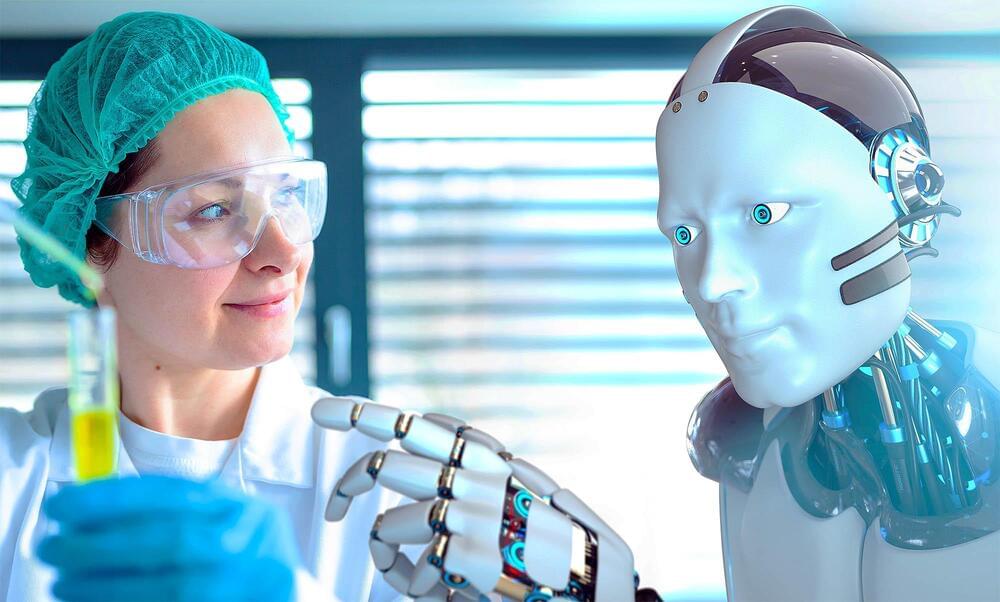
Scientists have identified anti-aging drugs using AI technology
Artificial intelligence (AI) and its latest contribution to the development of anti-aging drugs has paved the way for breakthrough discoveries in modern medicine.
Researchers, using AI technology, have successfully identified three chemicals that specifically target malfunctioning cells, believed to be associated with certain cancers and Alzheimer’s disease.
A group of scientists from the University of Edinburgh developed an AI algorithm to screen a collection of over 4,300 chemical compounds.
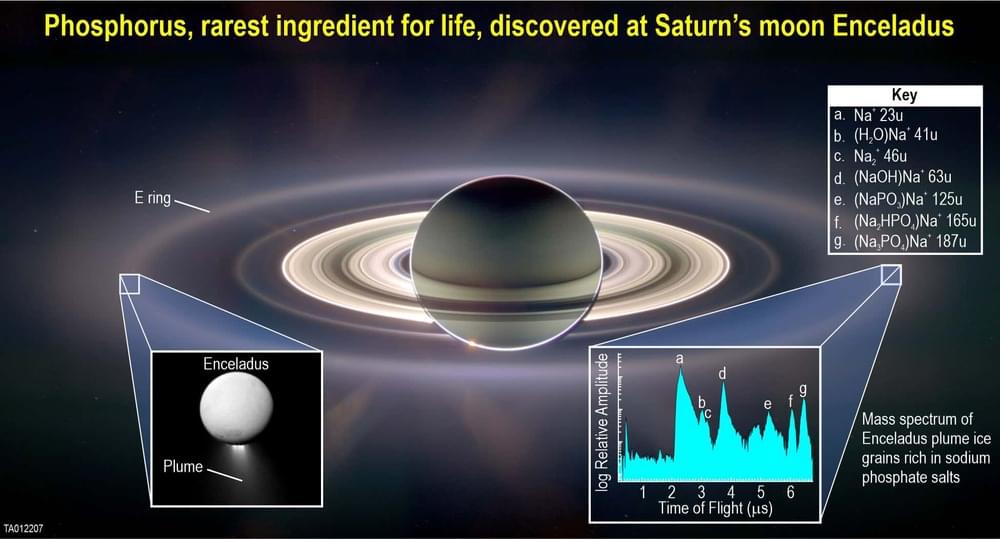
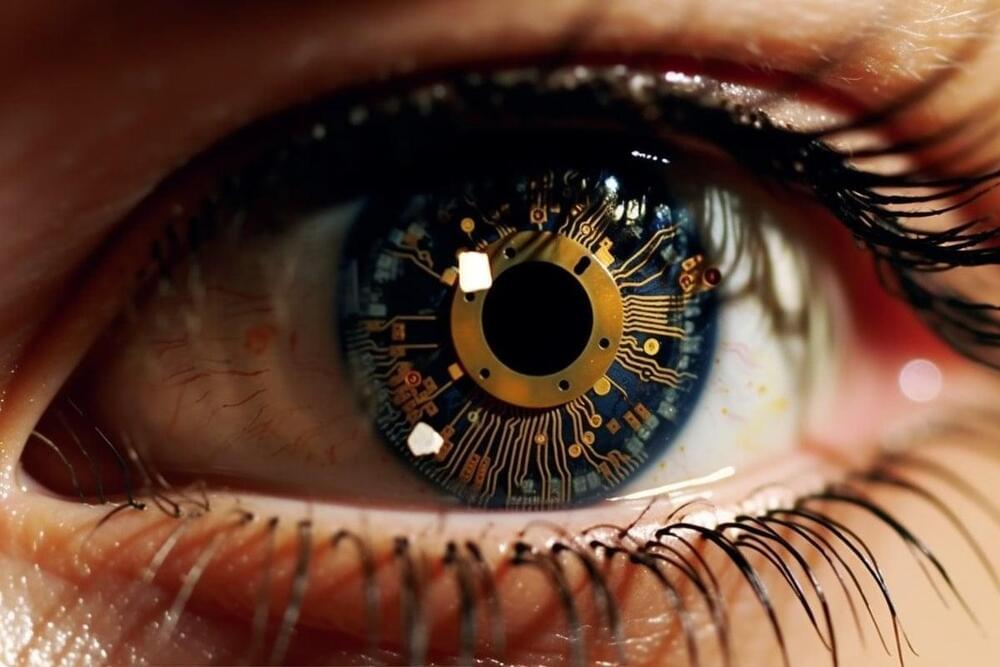
A Chip Off the Old Eye: Device Mimics Human Vision and Memory
The team’s research demonstrates a working device that captures, processes and stores visual information. With precise engineering of the doped indium oxide, the device mimics a human eye’s ability to capture light, pre-packages and transmits information like an optical nerve, and stores and classifies it in a memory system like the way our brains can.
Summary: Researchers developed a single-chip device that mimics the human eye’s capacity to capture, process, and store visual data.
This groundbreaking innovation, fueled by a thin layer of doped indium oxide, could be a significant leap towards applications like self-driving cars that require quick, complex decision-making abilities. Unlike traditional systems that need external, energy-intensive computation, this device encapsulates sensing, information processing, and memory retention in one compact unit.
As a result, it enables real-time decision-making without being hampered by processing extraneous data or being delayed by transferring information to separate processors.
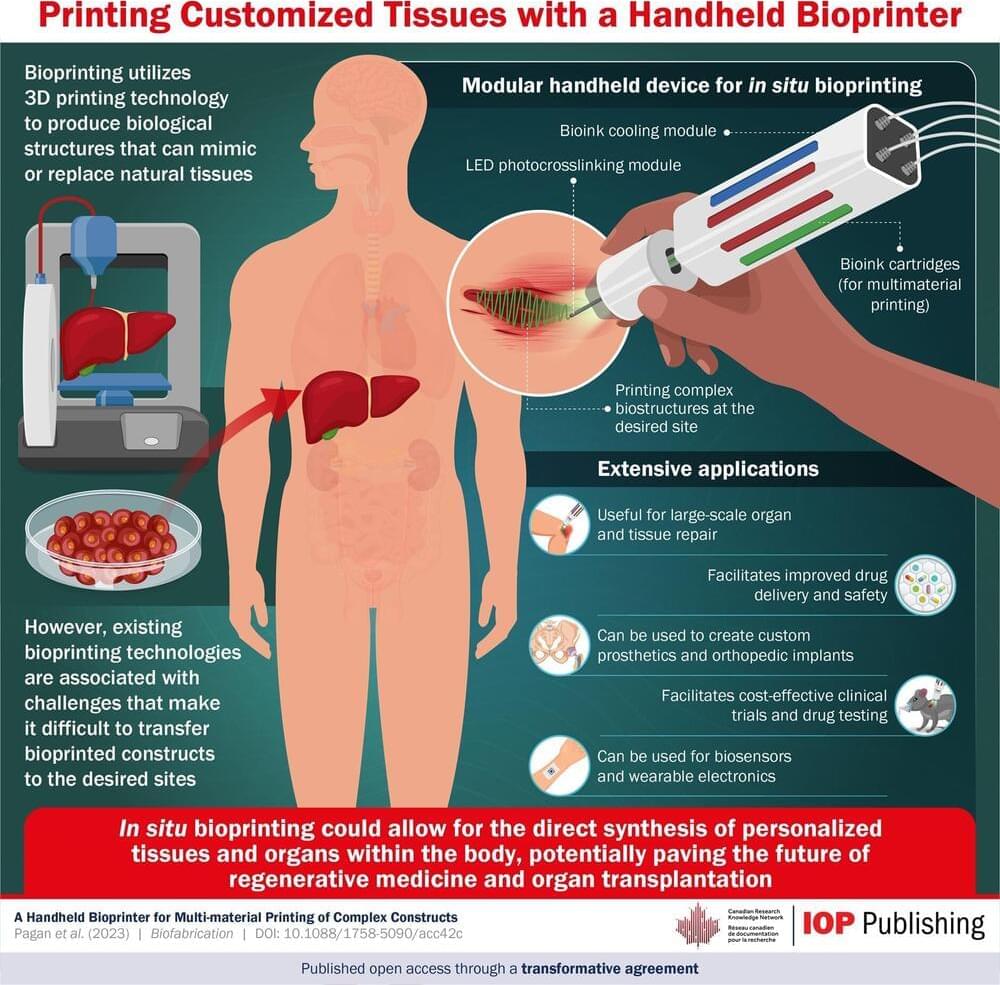
Bioprinting personalized tissues and organs within the body: A breakthrough in regenerative medicine
In situ bioprinting, which involves 3D printing biocompatible structures and tissues directly within the body, has seen steady progress over the past few years. In a recent study, a team of researchers developed a handheld bioprinter that addresses key limitations of previous designs, i.e., the ability to print multiple materials and control the physicochemical properties of printed tissues. This device will pave the way for a wide variety of applications in regenerative medicine, drug development and testing, and custom orthotics and prosthetics.
The emergence of regenerative medicine has resulted in substantial improvements in the lives of patients worldwide through the replacement, repair, or regeneration of damaged tissues and organs. It is a promising solution to challenges such as the lack of organ donors or transplantation-associated risks. One of the major advancements in regenerative medicine is on-site (or “in situ”) bioprinting, an extension of 3D printing technology, which is used to directly synthesize tissues and organs within the human body. It shows great potential in facilitating the repair and regeneration of defective tissues and organs.
Although significant progress has been made in this field, currently used in situ bioprinting technologies are not devoid of limitations. For instance, certain devices are only compatible with specific types of bioink, while others can only create small patches of tissue at a time. Moreover, their designs are usually complex, making them unaffordable and restricting their applications.
Learn the Symptoms of Kidney Disease
GW Ron and Joy Paul Kidney Center and GW Transplant Institute. Learn the Symptoms of Kidney Disease with J. Keith Melancon, M.D., Chief of the Division of Tr…
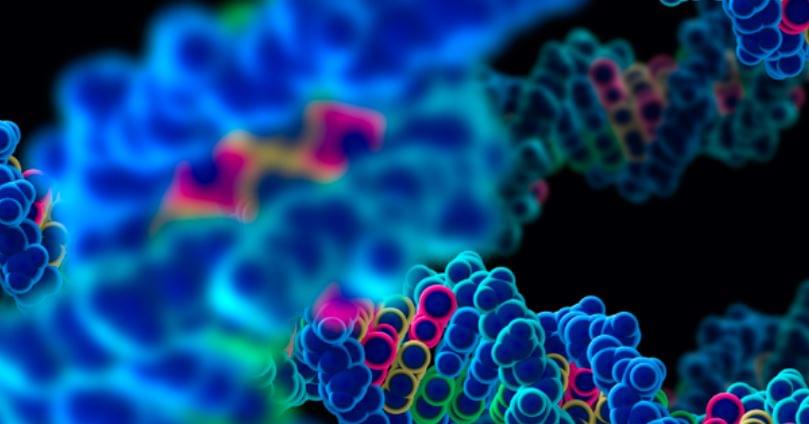
A Conductive Self-Healing Hydrogel to Create Flexible Sensors
Recent advancements in the field of electronics have enabled the creation of smaller and increasingly sophisticated devices, including wearable technologies, biosensors, medical implants, and soft robots. Most of these technologies are based on stretchy materials with electronic properties.
While material scientists have already introduced a wide range of flexible materials that could be used to create electronics, many of these materials are fragile and can be easily damaged. As damage to materials can result in their failure, while also compromising the overall functioning of the system they are integrated in, several existing soft and conductive materials can end up being unreliable and unsuitable for large-scale implementations.
Researchers at Harbin University of Science and Technology in China recently developed a new conductive and self-healing hydrogel that could be used to create flexible sensors for wearables, robots or other devices. This material and its composition was outlined in the Journal of Science: Advanced Materials and Devices.
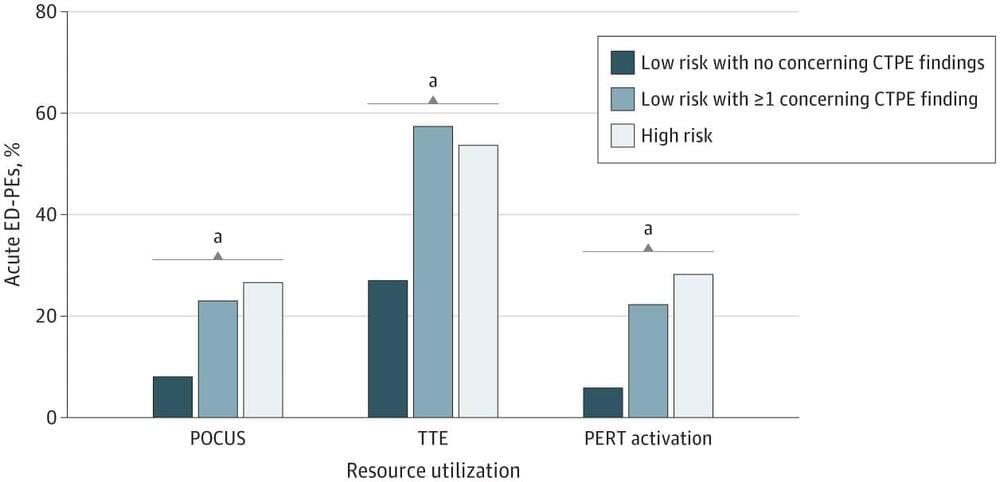
‘Concerning’ CT scans may cause unnecessary hospitalization for some pulmonary embolism patients
Of approximately 250,000 Americans diagnosed with acute pulmonary embolism (PE) in emergency departments each year, most are hospitalized.
But new Michigan Medicine research, published in JAMA Network Open, finds that some patients with PE, a blood clot in one or more pulmonary arteries, may be hospitalized unnecessarily due to computed tomography (CT) imaging results rather than clinical risk factors.
Approximately 40% of the patients in the study had low-risk pulmonary embolism, as defined by the Pulmonary Embolism Severity Index, or PESI score. Roughly half of the low risk patients had CT imaging features that physicians consider “concerning,” and these patients fared just as well in the hospital as those whose CT scans showed no concerning findings.